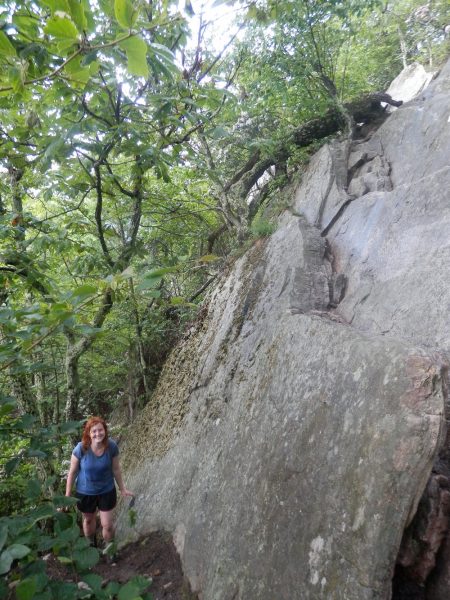There is a hiker/blogger, Mac, who surveys PCT thru-hikers every year on his blog, Halfway Anywhere. This year over 500 hikers participated, which is nuts. Mac unpacks these results and compiles them into a very thorough blog post. The results are very interesting for people who are planning a thru-hike or have already completed one, but can be a little nitty-gritty for the casual observer. So here are a few quick take-aways that we found especially interesting.
DID YOU COMPLETE THE PCT? 48% Yes, 52% No
Discouraging? A bit. But then I remembered that as best as anyone can tell, the completion rates for the Appalachian Trail are nearer to 25%, and we figured that one out.
WHY DID YOU NOT FINISH? 29% Injury 14% Snow 14% Fires
These numbers reminds me of a conclusion that David and I came to near the end of our AT thru-hike: so much is up to pure luck. Sure, you could make the argument that people getting hurt or turning back because of snow didn’t have the right gear, training, or aren’t being careful. But half of my gear came from Goodwill AND I was careless enough to fall 20 foot off a rocky ledge and I still made it, so...luck.
AVERAGE AMOUNT SPENT ON ENTIRE HIKE $6,221 (σ = $2,548)
Okay, so this includes spending on gear prior to the hike, food, and lodging along the way, and any resupply boxes mailed. David and I THINK this should be close to our numbers (unfortunately, that is per hiker) barring some kind of emergency. But Holy Standard Deviation Batman! That is a wide range. Hopefully, our hiking together and combining certain expenses will keep us closer to the lower end of the range. For more on our expected expenses on and off the trail, see here.
AVERAGE BASE WEIGHT (START) 19.49 lb
AVERAGE BASE WEIGHT (END) 16.51 lb
Base weight refers to the total weight of a hiker's backpack without food and water. I don't know how much my backpack will weigh. David and I aren't finished buying gear yet. Shopping for gear often means finding a balance of weight, cost, and functionality/comfort of a specific item. Questions like 'Is it worth is to buy the jacket that is 7 oz lighter if it costs $130 more?' or 'Do I need the thicker sleeping pad that weighs 17 oz or can I make do with the less comfortable 14 oz version?' are common place. But generally, we are not gram weenies. It will be interesting to see what our starting pack weights are compared to this average. When we finalize our gears lists, we'll let you know.
DID YOU FILTER WATER? 58% Yes, 41% Sometimes, 2% Never
DID YOU GET SICK? 11% Yes, 89% No
David and I both brought water treatments out on the AT. David went with Aquamira (a 2-part chemical treatment) and I had a dropper bottle full of bleach (a few drops per liter and you can barely taste it!). We had every intention of treating all the water we collected. But after a week or two on the trail, we had pretty much stopped. In Appalachia, it seemed like there was crystal clear spring water just spewing out of the side of every mountain. We are currently planning to bring Aquamira and also a filter (the Sawyer Squeeze) on the PCT, but it is nice to know that if we decided at any point to stop treating our water we will be in good (and healthy) company.
RACE: 74% Caucasian
AGE: 19% 20-24, 29% 25-29, 16% 30-35
TOP STATES: California 21.52% Washington 11.55% Oregon 6.82% Michigan 4.99%
TRAILS MOST COMMONLY HIKED BY THOSE WITH EXPERIENCE: 34% Appalachian Trail
Let's see here...David, Caucasian, 32 years old, grew up in Washington, lived in Oregon, now resides in Michigan. Me, Caucasian, 28 years old, has spent entire life in Michigan. David and I met while hiking the Appalachian Trail.
David and I are so very, very average. We are saying to the world “We are going to try to hike the PCT!” and the world is replying “Of course you are.”

Favorite line "We are saying....of course you are!"
Mine too. I laughed out loud when Mara handed me the computer and I read it for the first time.
Love reading your posts!
Thanks Kathy! 🙂